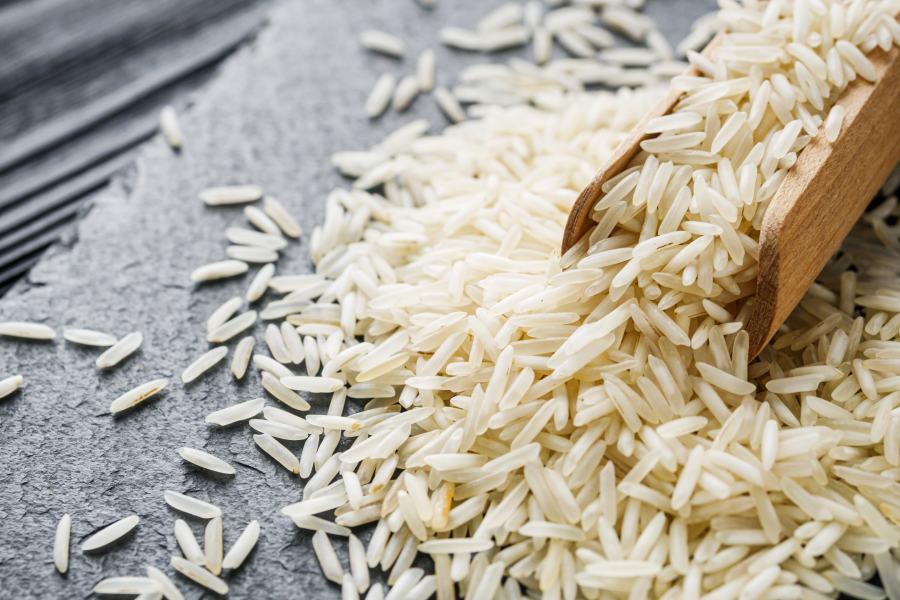 |
With no warning whatsoever, it struck out of the blue. A 40-year-old woman had sought medical help for infrequent and scanty menstrual flow, but ended up being wheeled into casualty with bleeding in her brain. A few weeks back, she had consulted a medical practitioner who had prescribed a herbal medicine to control her menstrual symptoms. Six weeks after she had begun to pop two herbal pills a day, she experienced slurred speech and weakness in her right upper arm. At the King Edward Memorial (KEM) Hospital in Mumbai, a CT scan revealed bleeding in her brain.
Doctors were initially puzzled. The woman had had no history of head injury, high blood pressure, diabetes or any other obvious health problem that may have triggered the bleeding. But at the clinical pharmacology department of the KEM Hospital, medical researchers discovered that the herbal formulation she had been taking contained extracts of six plants. Although none of the ingredients could have caused the bleeding, one plant was known to contain chemicals called alkaloids that can have side-effects on blood circulation. “The adverse reaction could be attributed to either inadequate purification or incorrect prescribing,” Dr . Kshirsagar, head of clinical pharmacology at the KEM Hospital, and his colleagues said, describing the case. They asked the woman to stop taking the herbal pills, prescribed medications to control the bleeding, and helped her recover.
Her case illustrates how herbal formulations may sometimes have serious side-effects. With the market brimming with myriad herbal drugs claimed by producers to combat stress, boost memory, strengthen the immune system, control diabetes, and improve sexual life, some doctors say it is important that consumers approach herbal drug formulations with some caution. The clinical pharmacology department at the KEM has long been monitoring adverse drug reactions — a task they say should be a joint responsibility of practitioners of modern as well as traditional medicine.
One key difference between traditional and modern medicine is that traditional formulations do not have to undergo the rigorous scientific studies and clinical trials that are mandatory for modern drugs. Any company can market a herbal drug as a proprietary medicine as long as its ingredients are mentioned in one of several ancient Ayurvedic texts recognised by the ministry of health. As long as the plant or other substance finds mention in these texts, it is okay to incorporate it into a herbal formulation.
Some large producers of traditional herbal products have research and development divisions where scientists authenticate claims through research. However, many modern practitioners believe that many claims about the health benefits of herbal formulations still remain inadequately tested.
The quality of the raw plant material and the manufacturing process for the herbal product might also influence its content and efficacy. A major problem in quality control of plant-based products is variations from one batch to another, a senior scientist at the Tropical Botanical Garden and Research Institute (TBGRI) in Thiruvananthapuram, Kerala, had once cautioned in a pharmaceutical journal. The quality of the raw plant extracts may change with soil conditions, nutritional status of the plants, and even seasonal variations, the TBGRI scientist said. Quality control is the most important challenge in producing traditional medicines.
There are also concerns about the content of some of the traditional products. A research team at the KEM Hospital had analysed 242 samples of non-allopathic formulations between 1997 and 2003 and found that 28 (11 per cent) contained corticosteroids.
Some medical researchers caution that self-administering of even genuine traditional herbal products might be risky. This was perhaps most dramatically illustrated by a case documented by the KEM pharmacology team. A 62-year-old man was brought unconscious into the hospital. He had a history of diabetes and was taking pills to control sugar levels. Five days earlier, he had started taking a herbal product for a skin condition. He first developed giddiness and then lost consciousness. Doctors diagnosed him as suffering from hypoglycemic coma, a condition that results from very low sugar levels.
The researchers analysed the pills he was taking and found through tests on mice that they had the potential to decrease blood sugar levels in mice. The doctors suspected that when the diabetic man took the herbal drug in addition to his usual anti-diabetic medication, his sugar levels plummeted, hurling him into coma. Doctors caution that the case shows how some herbal products, when taken with modern, allopathic drugs, may interact with the drug or act jointly on the body with adverse side-effects.
For consumers, it might be wise to check with qualified practitioners — whether modern or traditional — before deciding to go herbal.










